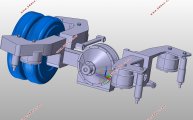纯电动6120BEV旅游客车悬架系统设计(含CAD图,CATIA三维图)(任务书,开题报告,文献摘要,外文翻译,论文说明书11200字,CAD图5张,CATIA三维图)
摘要
本文的设计要求是纯电动6120BEV旅游客车的悬架系统设计。通过分析国内外客车悬架的发展趋势以及对比各种悬架的优势与不足,选择合适的前悬架和后悬架。随着人们对旅游客车舒适性要求的提高和国内在空气悬架方面技术的成熟,空气悬架被越来越多的用于客车的悬架系统中。因此,本次设计旅游客车的前后悬架均采用双纵臂非独立空气悬架,前悬架采用两个空气弹簧,后悬架采用四个空气弹簧。根据初定的客车参数进行悬架的基本参数确定,空气弹簧、减振器、横向稳定杆等结构的设计和选型。再在横向加速度为0.4g的工况下,进行侧倾角刚度等参数的校核,以设计出满足设计要求的新型悬架系统。然后结合汽车理论、汽车振动所学知识对设计的悬架进行平顺性分析,分析悬架各种工况下的平顺性,确保本次设计符合纯电动客车的基本要求。本次设计是对纯电动客车领域悬架系统的一次探索。
关键词:非独立空气悬架、空气弹簧、导向机构、平顺性分析、侧倾角刚度校核
Abstact
The design requirement of this paper is the suspension system design of pure electric 6120BEV tourist bus. By analyzing the development trend of domestic and foreign passenger car suspensions and comparing the advantages and disadvantages of various suspensions, the appropriate front suspension and rear suspension are selected. With the improvement of the requirements for the comfort of tourist coaches and the maturity of domestic air suspension technologies, air suspensions are increasingly used in the suspension system of passenger cars. Therefore, the front and rear suspensions of this design tourist bus use the double-wing independent air suspension. The front suspension uses two air springs, and the rear suspension uses four air springs. Determine the basic parameters of the suspension according to the parameters of the initial bus, the design and selection of air springs, shock absorbers, stabilizer bars and other structures. Then, under the condition of lateral acceleration of 0.4g, the parameters such as the roll angle stiffness were checked to design a new suspension system that meets the design requirements. Then, based on the theory of automobile and the knowledge of automobile vibration, the smoothness of the designed suspension is analyzed, and the smoothness of the suspension under various working conditions is analyzed to ensure that this design meets the basic requirements of pure electric buses. This design is an exploration of the suspension system for pure electric passenger vehicles.
Keywords: non-independent air suspension, air spring, guide mechanism, ride comfort analysis, roll angle stiffness check
4.1 大客车基本参数
表 4.1
参数 名称 数值
L 轴距(mm) 6000
B1/B2
前后轮距(mm) 2100/1860
G 满载质量(㎏) 14900
G1
满载前轴载荷(㎏) 5796
G2
满载后轴载荷(㎏) 10804
Hg 满载质心高度(mm) 1310
Gu1
非簧载前轴质量(㎏) 870
Gu2
非簧载后轴质量(㎏) 1945
车轮规格 295/80R22.5,275/70R22.5
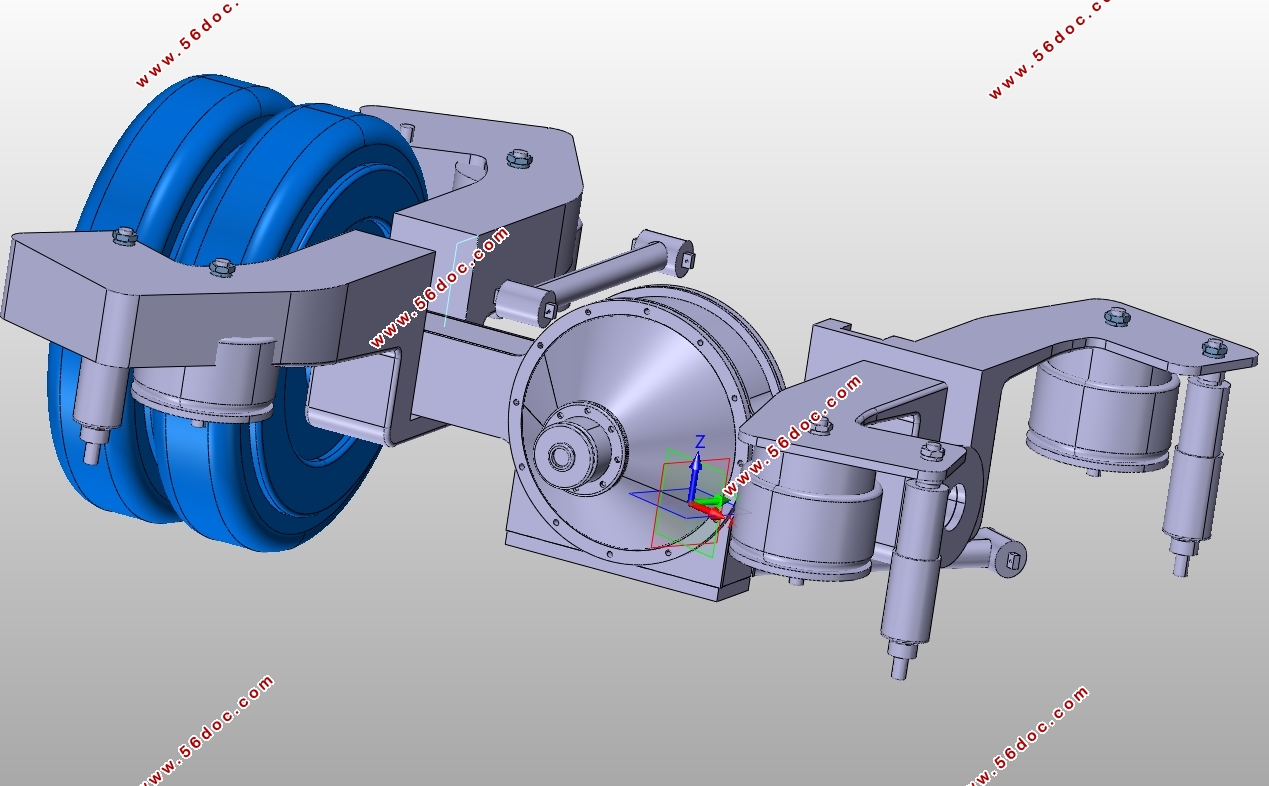
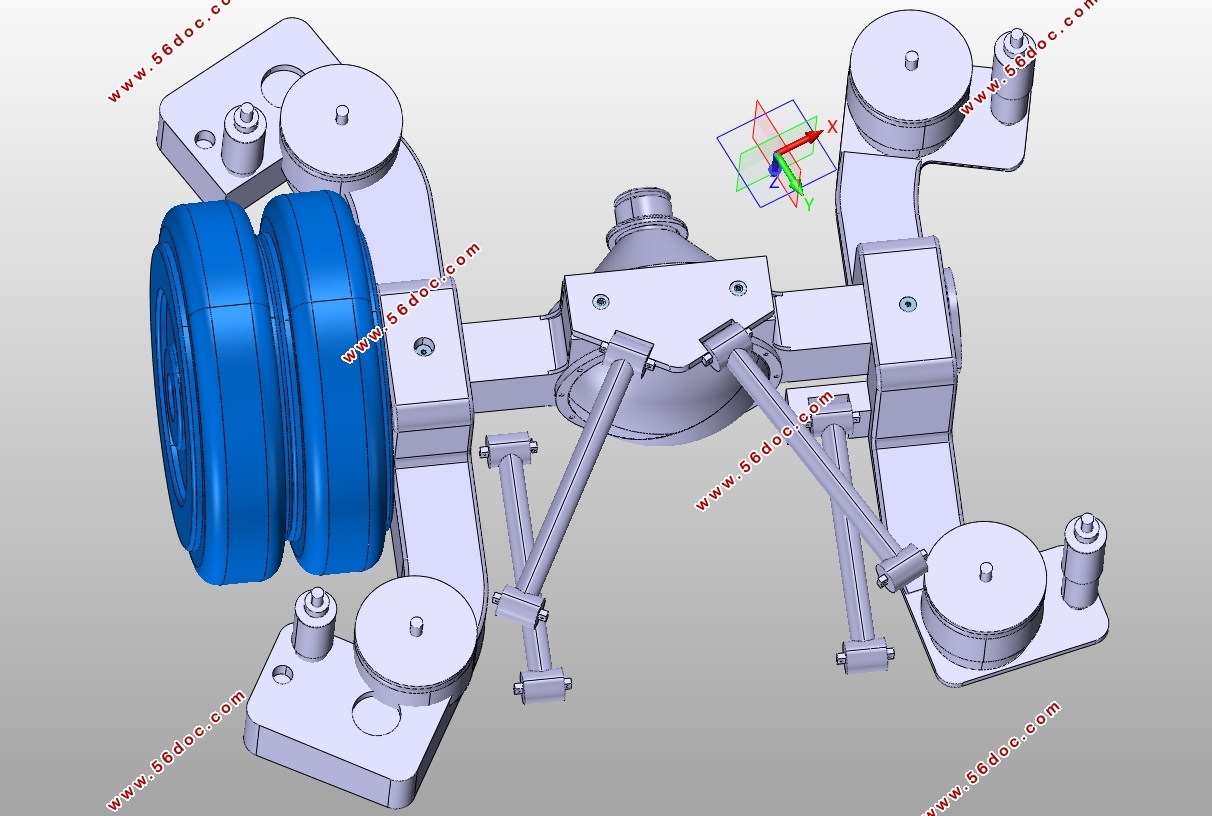

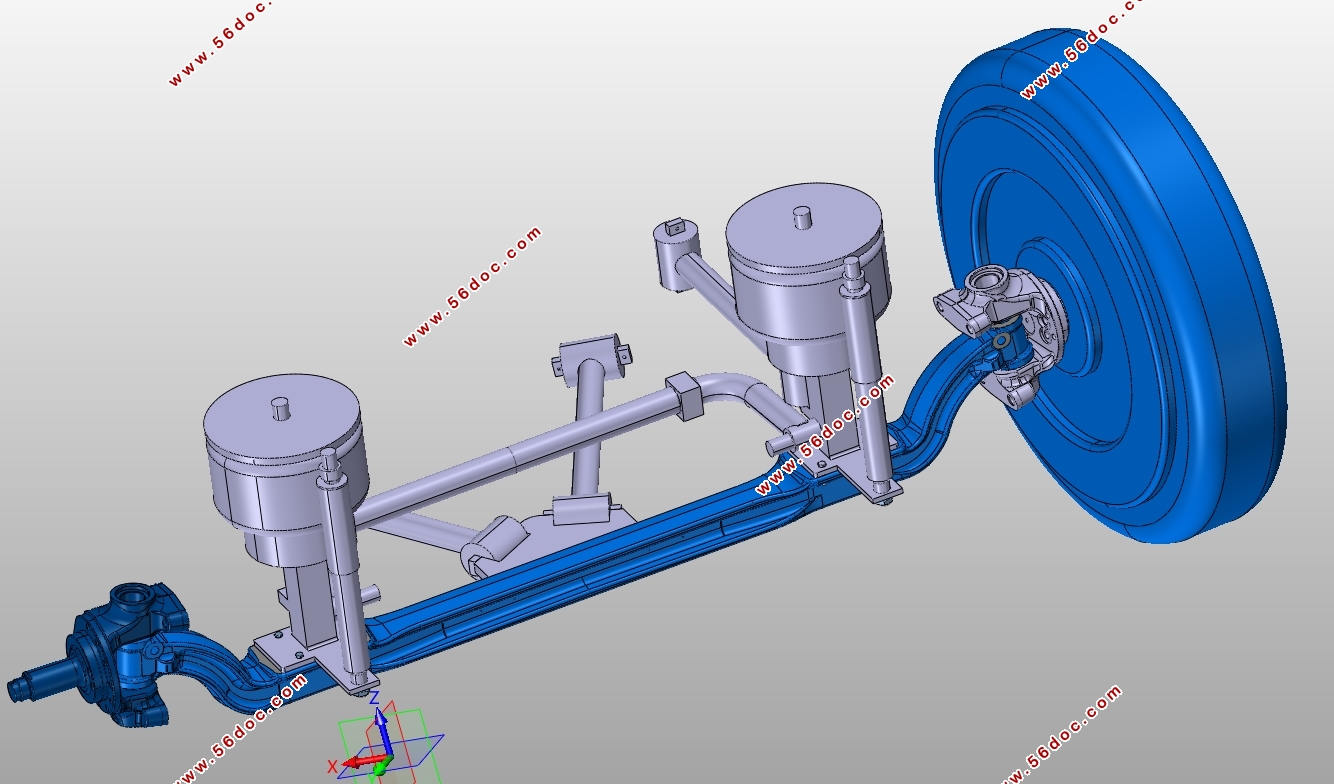
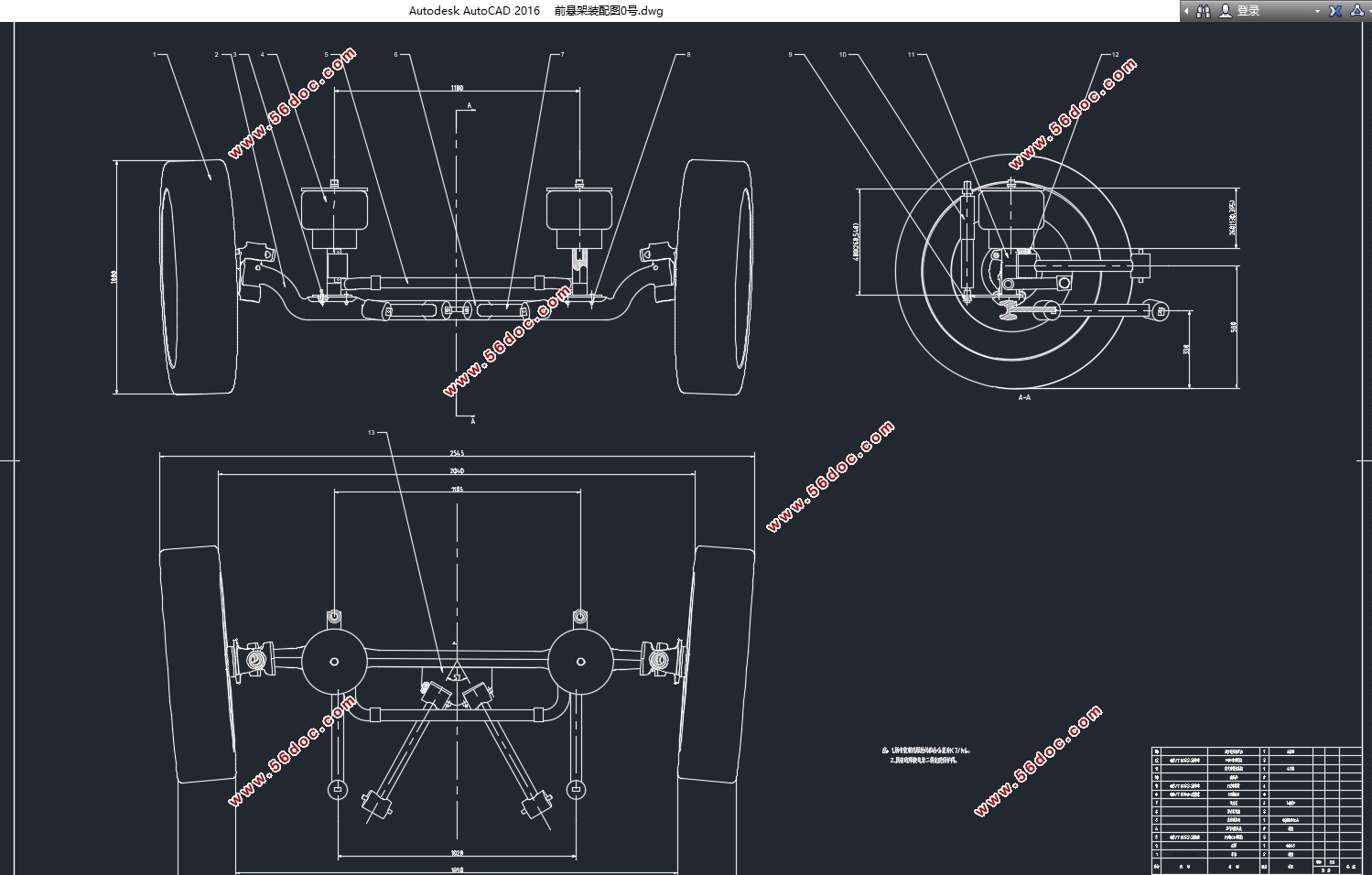
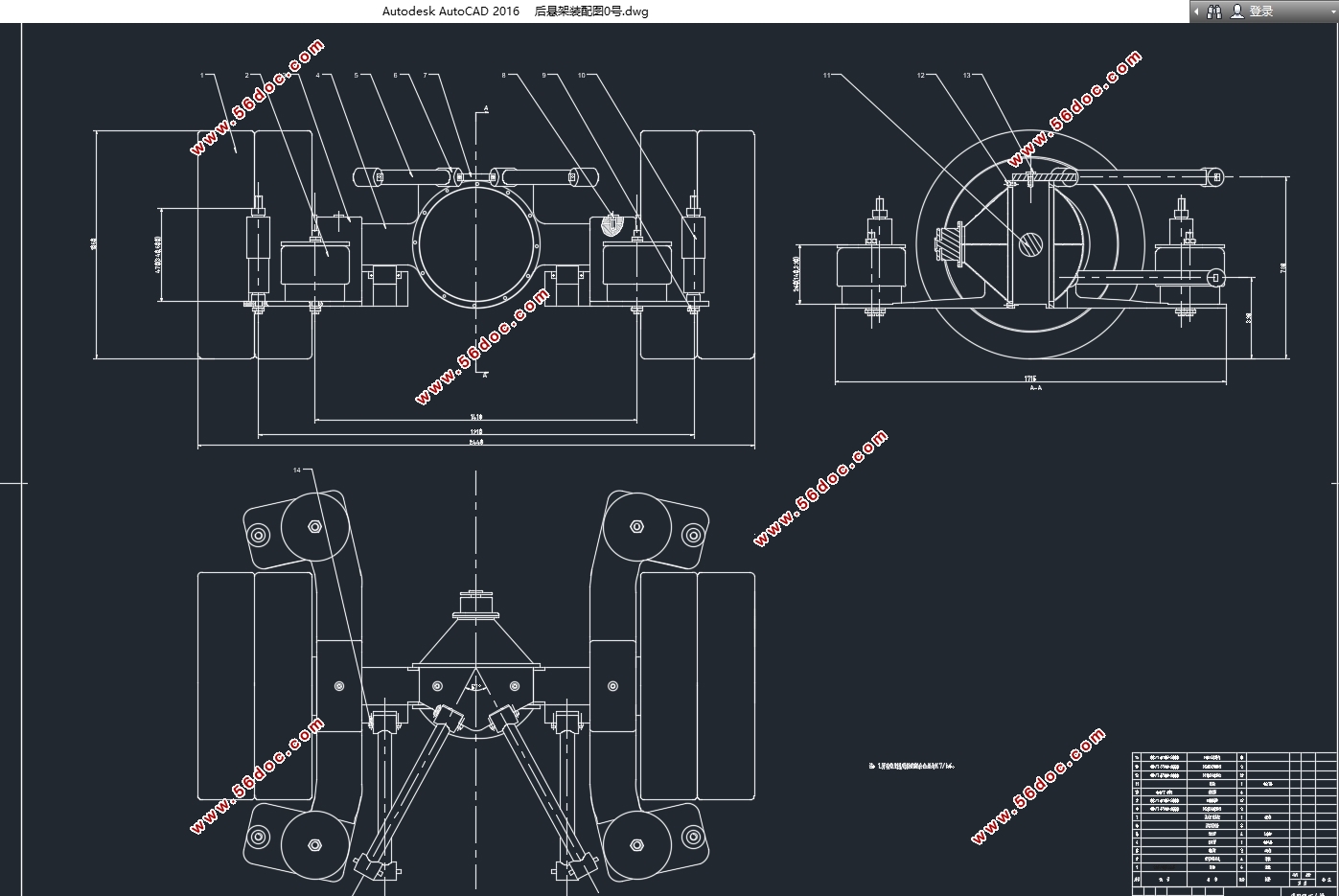
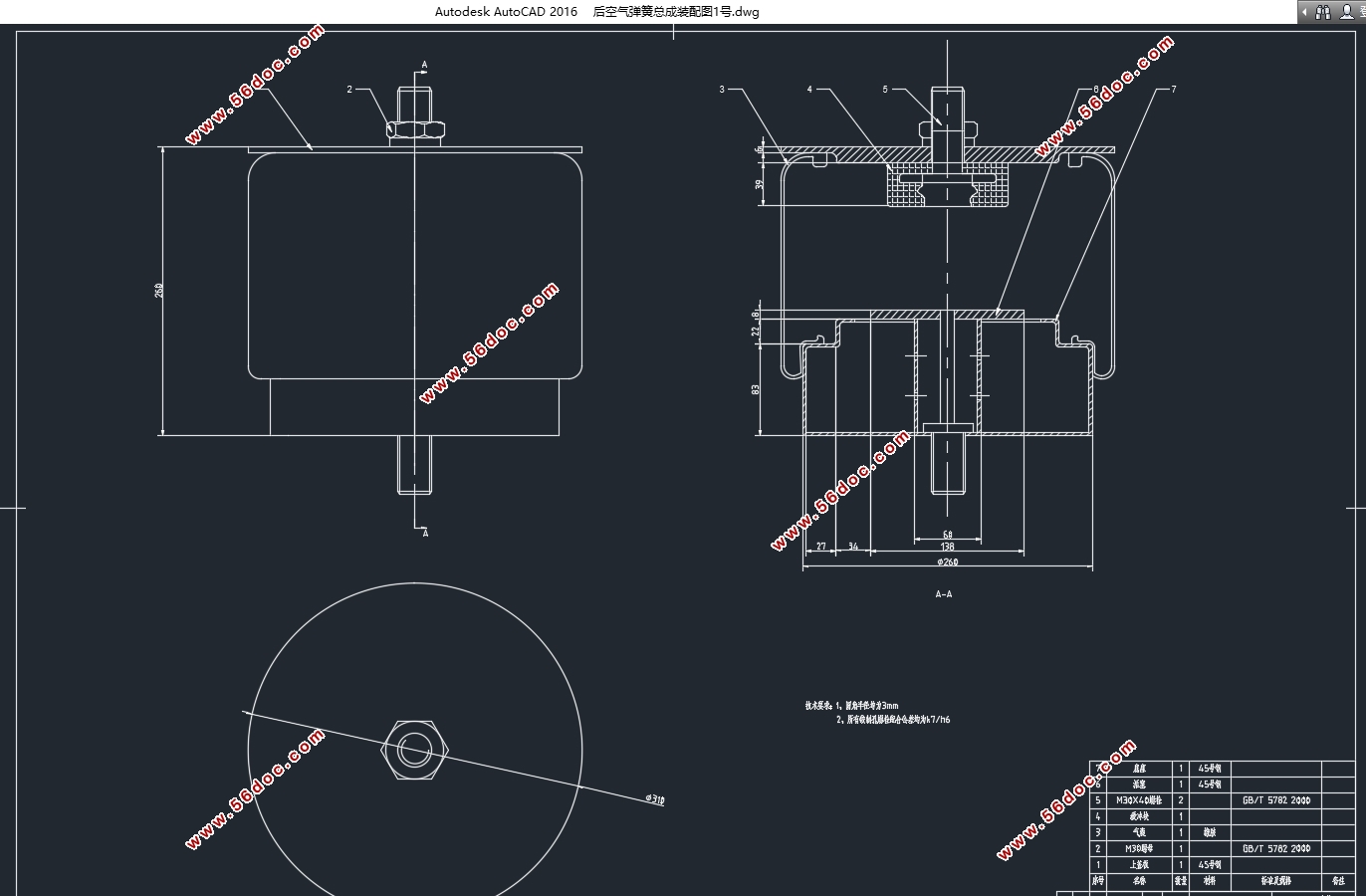
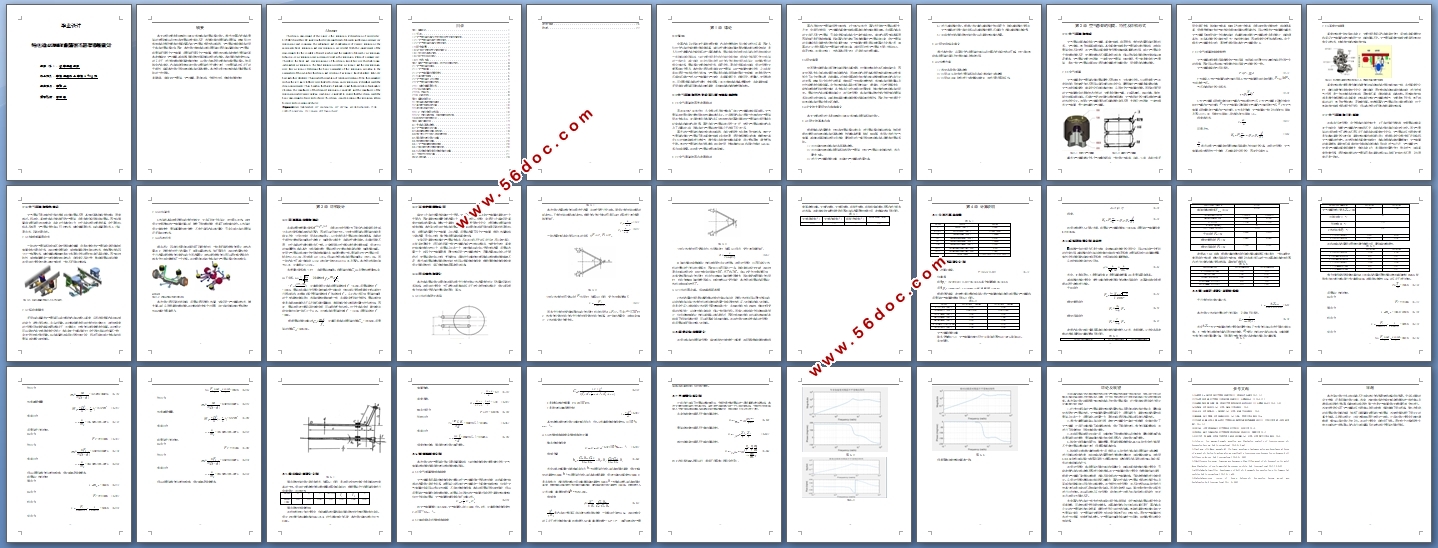
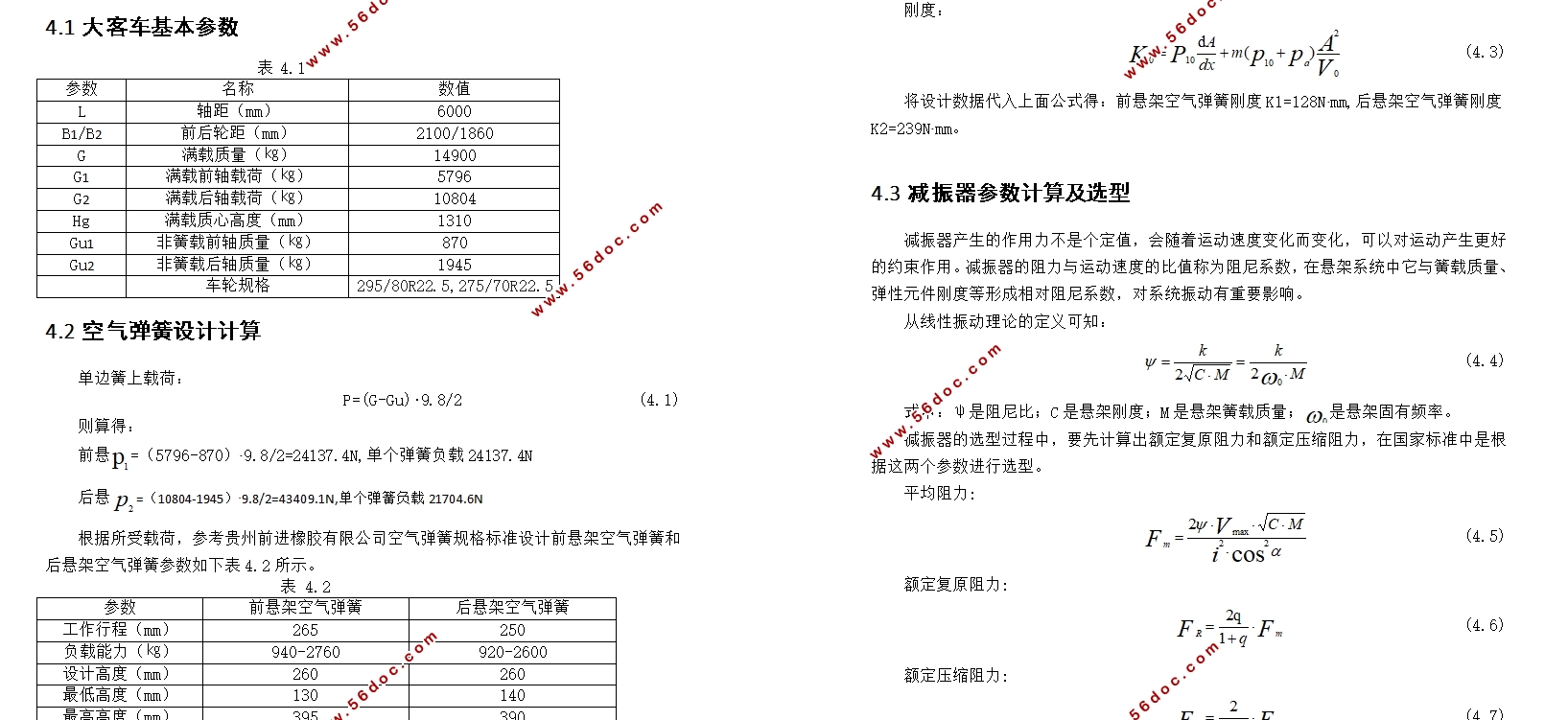

目录
第1章绪论 1
1.1引言 1
1.2空气悬架的国内外发展与研究现状和趋势 1
1.2.1空气悬架的国外发展现状 1
1.2.2空气悬架的国内发展现状 2
1.3研究背景 2
1.4论文的主要研究内容和意义 2
1.4.1设计的基本内容 2
1.4.2研究目标及意义 3
1.4.3 技术方案 3
第2章空气悬架的组成、特性及结构形式 4
2.1空气悬架的组成 4
2.1.1空气弹簧 4
2.1.2空气弹簧的刚度特性 5
2.1.3高度控制阀 6
2.2空气悬架的工作原理 6
2.3空气悬架的结构形式 7
2.3.1 钢板弹簧导向式 7
2.3.2纵向单臂式 7
2.3.3 A形架式 8
2.3.4 四连杆式 8
第3章结构设计 9
3.1悬架基本参数的确定 9
3.2高度控制阀的布置 10
3.3导向机构的设计 10
3.3.1 V形杆角设计选取 10
3.3.2 V形杆固定端、活动端跨距选择 12
3.4前轮定位参数设计 12
第4章计算说明 13
4.1大客车基本参数 13
4.2空气弹簧设计计算 13
4.3减振器参数计算及选型 14
4.4推力杆尺寸设计及强度校核 15
4.5横向稳定杆设计计算 19
4.6侧倾角刚度计算 20
4.6.1空气弹簧侧倾角刚度 20
4.6.2横向稳定杆侧倾角刚度 20
4.6.3总侧倾角刚度及侧倾角的计算 21
4.7 平顺性分析计算 21
结论及展望 24
参考文献 26
致谢 27
|
